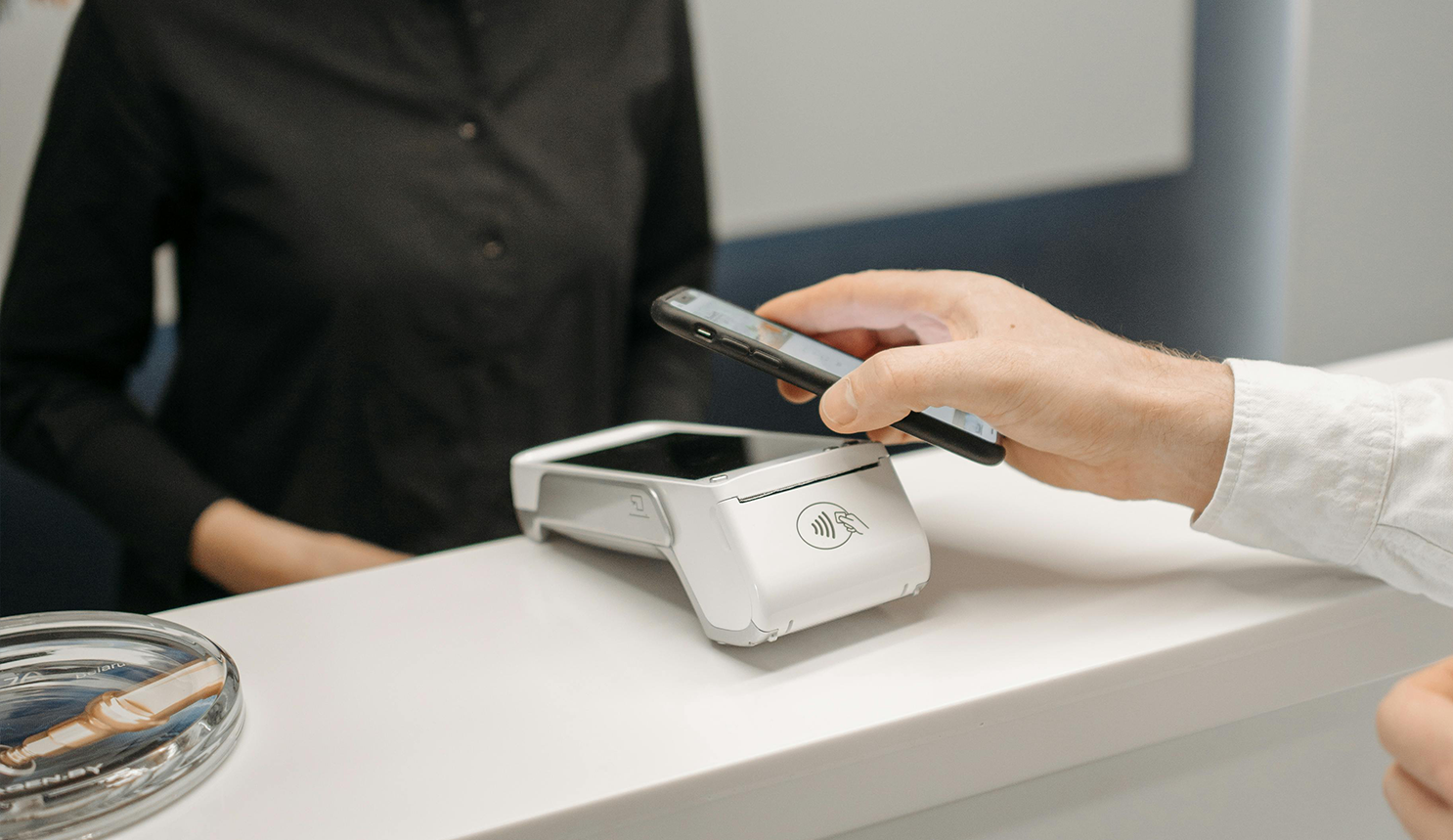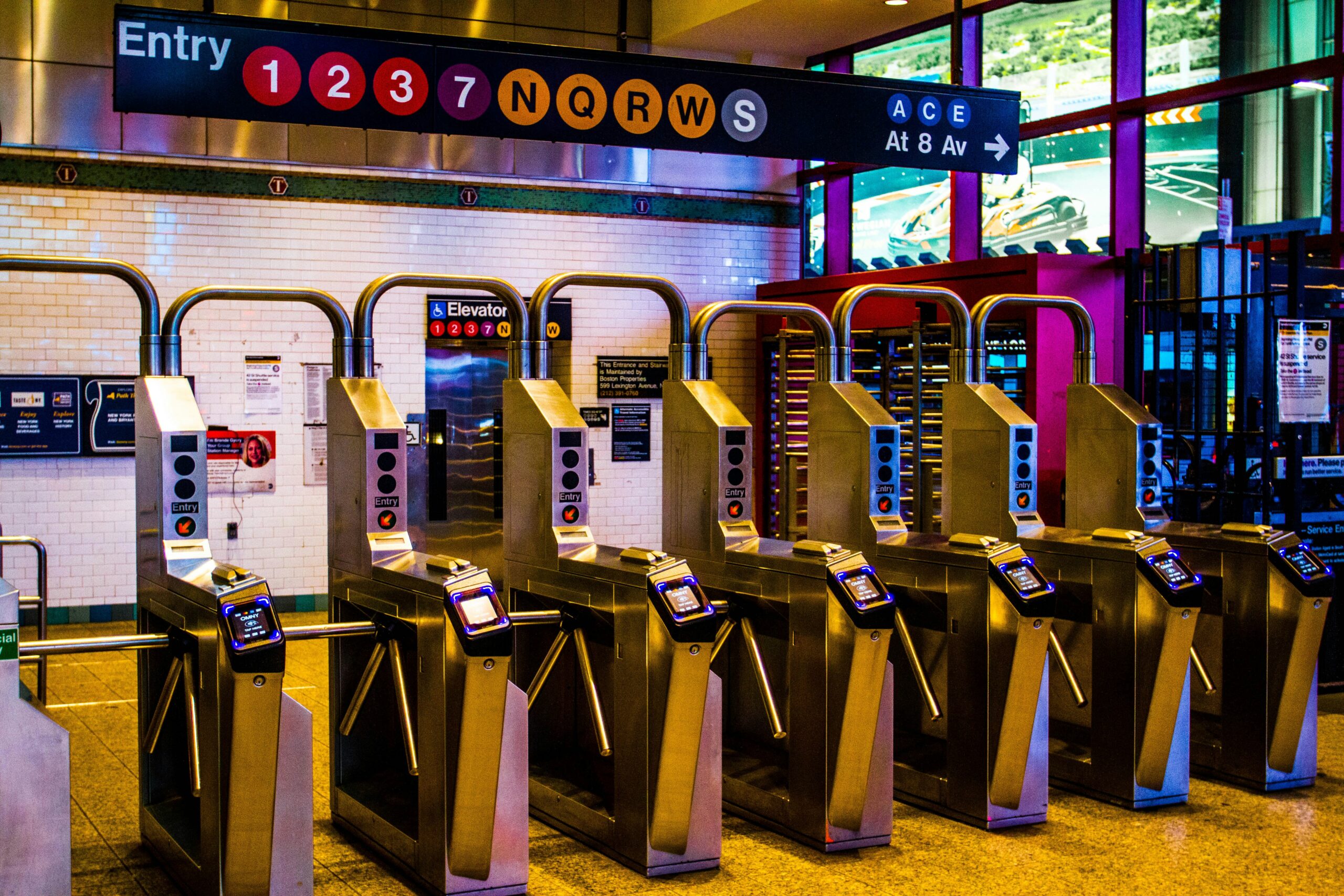
The concept of a mobile wallet has been around for more than two decades, but the journey of integrating these technologies and gaining adoption has been anything but straightforward. From the early excitement around NFC (near-field communication) technology to the dominance of Apple Wallet, mobile wallets have come a long way, yet there’s still significant room for growth and innovation.
With Apple’s recent decision to allow NFC contactless transactions through the Secure Element (SE) outside of Apple Wallet, a new chapter in mobile wallet technology is unfolding. Now the fintech world has an opportunity to create a challenger to Apple Wallet, which will be no easy task. In this post, we’ll break down how we got to this point and what potentially comes next.
Mobile Wallets: Early Hype & the Opportunity Ahead
When mobile wallets first came on the scene, there was palpable excitement about their potential to transform payments. NFC technology, which allows devices to easily communicate simply by touching the devices together, seemed like a game-changer. The ability to pay with a tap or wave of a phone promised speed, convenience, and innovation.
There was initial enthusiasm around the potential to move the tech beyond just mobile payments to combine loyalty, offers, and other payment-related touchpoints in a single tap, but in many ways, that early excitement never fully delivered on its potential.
Apple created a strong backbone for single tap payments, but until now, those capabilities have been walled off from outside developers, meaning users can’t pay directly from any app other than Apple Wallet. If developers wanted to make use of the iPhone’s tap-to-pay capabilities, there has been no option to create a standalone app – developers had to build a digital card for integration into Apple Wallet. At CardFree, we’re used to this dynamic working with POS providers – certain POS platforms tend to wall off outside developers in order to lock customers into their software and fees, but maybe that’s a blog post for another time…
Simply put, we haven’t seen an Apple Wallet competitor because Apple hasn’t allowed one to exist – part of why the DOJ is suing the company, thus leading to this newly softened stance from Apple. Now Apple has taken the NFC/SE walls down, opening the door for an Apple Wallet challenger. However, given Apple Wallet’s current position at the top of the mobile wallet kingdom, whoever seizes this opportunity will have to bring considerably more utility to the table. That said, in the 10+ years since Apple Wallet launched, the tech giant has done surprisingly little to add value to the product, leaving room for an innovative company to dethrone the king.
Seizing on Consumer Habits
When Apple Wallet first launched, the ultimate vision was for digital wallets to eventually replace physical wallets. We’re not there yet, but an important step in order to reach that level of widespread adoption is developing consumer habits.
18+ years ago, when NFC payment tech was on the horizon, developers believed that public transit would be key to igniting NFC adoption with the general public. The idea being, if people develop the habit of tapping their phones at the turnstile to pay for their daily commute, they’d also be willing to use tap-to-pay elsewhere. In some ways, this belief was correct – tapping your smartphone at the turnstile is much easier than buying and reloading a physical card, and today, tap-to-pay is ubiquitous in public transit around the world.

But in America, for better or for worse, we’re very reliant on our cars. Only about 3% of Americans use public transportation on a daily basis and 45% of the country lacks access to public transportation. If the goal is to develop habitual use of NFC payments with the general public, reaching just 3% of the population isn’t going to cut it.
So, if not public transportation, what’s a daily habitual touchpoint that can influence customer behavior? The answer: the most widely-used drug in the world, also known as caffeine. Over 90% of Americans drink caffeine, and 75% of those caffeine drinkers do so on a daily basis.
Our founding team understood this when they built the original Starbucks app in the late 2000s – incorporating seamless payments, the ability to earn and redeem rewards, and gift card management into one touchpoint changed the game for the restaurant industry and successfully influenced consumer habits.
Today, digital orders, payments, and rewards are table stakes for restaurants, especially coffee shops. In fact, there are now roughly 4X more active Starbucks Rewards members in the US alone than there are habitual public transit commuters! Not surprisingly, across the restaurant industry in the US, there are roughly 10X more transactions per year than there are public transit rides.
So, if there’s a new player out there looking to take on Apple Wallet and influence consumer habits, coffee shops and the larger restaurant industry would be ideal places to start.
The Future of Mobile Wallets: What Will the Apple Wallet Competitor Look Like?
If a company other than Apple wants to shake up the mobile wallet landscape and gain widespread adoption with an alternative payment platform, it will have to offer significantly more value than Apple Wallet to move the needle. Generally speaking, to build public adoption in the world of fintech and payment apps, a product needs to have three solid “legs of the stool” to stand on – if just one leg is shaky, the whole thing falls down.
Leg 1: Utility
Apple Wallet is already frictionless and clearly the winner to date for payments (sorry Google), so someone will have to bring something with considerably more utility to the table – think universal loyalty, real-time offers, seamless ordering, and ecomm solutions all in one UX, just to name a few ideas. In any case, a competitive product will have to offer something truly unique and valuable to consumers.
Leg 2: Ease of Use
If an Apple Wallet challenger does deliver a solution with more utility, it also has to be a seamless experience for the end user. If the UX is clunky or the initial setup is confusing for users, adoption will be hard to come by. Starbucks mobile, for example, has been wildly successful because it not only delivers on utility, allowing guests to pay for coffee and earn rewards for future freebies in the process, but is also incredibly intuitive to set up and use, offering less friction than keeping and reloading a physical card.
Leg 3: Value to the Merchant
Those first two legs will mean nothing if the mobile wallet doesn’t provide additional value for businesses. Merchants like Apple Wallet’s NFC-enabled online transactions because they typically reduce credit card swipe fees, so an Apple Wallet competitor will have to incentivize merchants beyond transaction fees. That potentially means offering additional services Apple has been hesitant to provide, especially at a price that SMB’s can swallow.
The Evolution Continues
Apple’s recent decision to open NFC access will undoubtedly serve as a catalyst for new innovations in mobile wallets and contactless payments. And, given the restaurant industry’s ability to shape consumer behavior, there’s a good chance restaurants will be a testing ground for these new innovations.
So who will/can step up and deliver the next evolution of mobile wallets? PayPal? Visa/Mastercard? Google (again)? Square? Shopify? Amazon? Someone new?
For a new company to tackle this challenge, it would be a massive endeavor – one of the entrenched players with an established customer base in a parallel space would have a huge leg up. However, those larger entities tend to believe in their own DNA and are not always inclined to make the necessary seismic shifts in their business, oftentimes only willing to turn the ship 10%, at best.
To really embrace Apple’s announcement, someone will need fresh eyes and a team that won’t be intimidated by re-thinking the approach, because this opportunity is massive, but so is the task. It will be fun to both watch and participate in this next evolution. Stay tuned…
